Table of Contents
- Introduction
- What Are Achiote Seeds?
- The Origins of Achiote Seeds
- What Do Achiote Seeds Look Like?
- What Do Achiote Seeds Taste Like?
- How to Use Achiote Seeds in Cooking
- Health Benefits of Achiote Seeds
- Buying Guide: Choosing the Best Achiote Seeds
- Storing Achiote Seeds Properly
- Frequently Asked Questions
- Conclusion
Introduction
Achiote seeds, also known as annatto, are natural food colorants derived from the Bixa orellana plant native to Central and South America. These small, reddish-orange seeds are widely used in Latin American and Caribbean cuisines for their vibrant color and mild, earthy flavor.
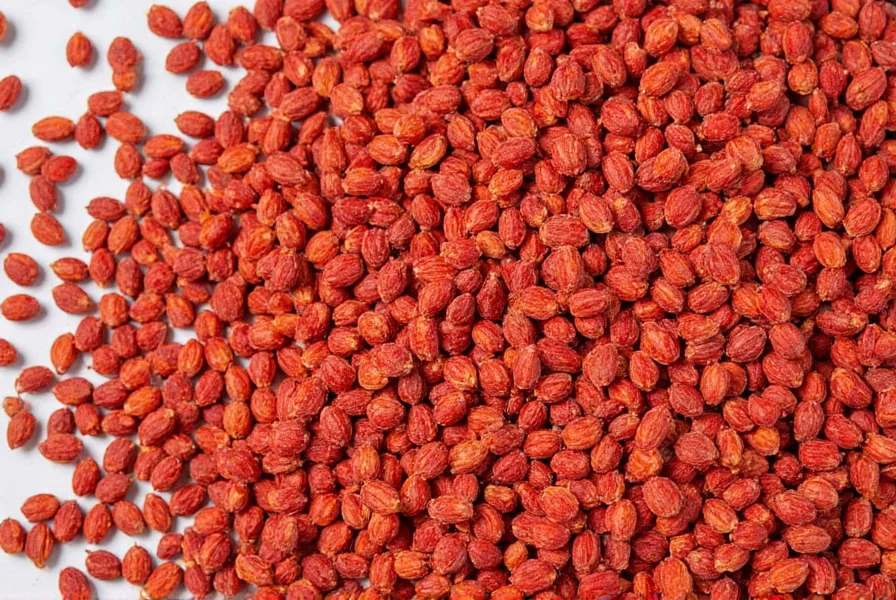
In this comprehensive guide, you'll learn everything about achiote seeds—from their origins and appearance to culinary applications, health benefits, and proper storage techniques. Whether you're a home cook or culinary enthusiast, this article covers all essential information to help you use this versatile spice effectively.
What Are Achiote Seeds?
Achiote seeds come from the fruit pods of the Bixa orellana tree, commonly known as the annatto tree. They are primarily used as a natural food coloring agent and flavor enhancer in traditional dishes across Latin America and the Caribbean. The seeds contain bixin, a carotenoid pigment responsible for their distinctive orange-red color.
The Origins of Achiote Seeds
Achiote seeds have been cultivated for thousands of years by indigenous peoples in tropical regions of Central and South America. Their historical uses extend beyond culinary applications to include ceremonial, medicinal, and cosmetic purposes.
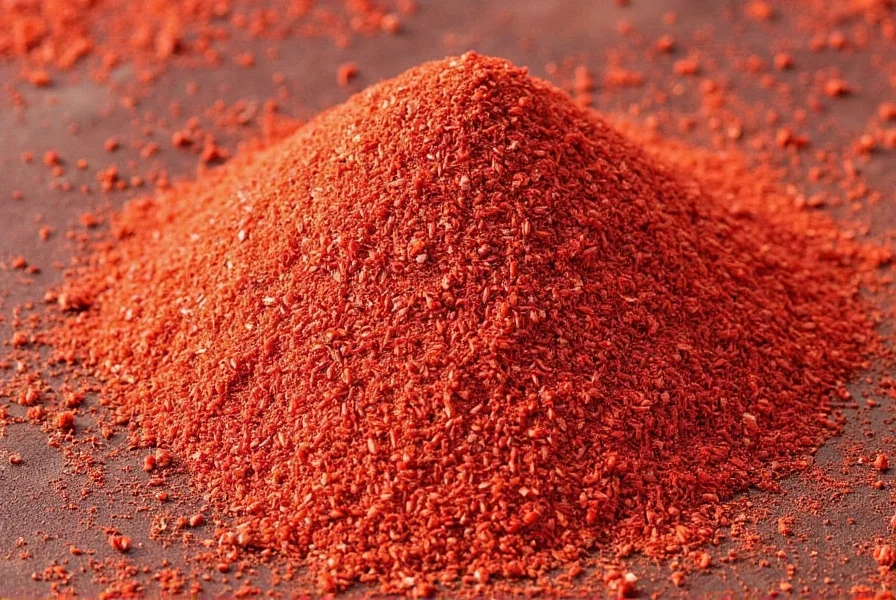
- Mesoamerican Use: Mayans and Aztecs used achiote for ceremonial body painting and as a natural dye.
- Caribbean Adoption: Indigenous communities in the Caribbean incorporated achiote into traditional cooking methods.
- Global Spread: European explorers introduced achiote to Europe in the 16th century, where it was used to color cheese and butter.
| Feature | Description |
|---|---|
| Size | Approximately 5–6 mm long |
| Color | Reddish-orange when fresh; darker when dried |
| Texture | Hard outer shell, soft inner flesh |
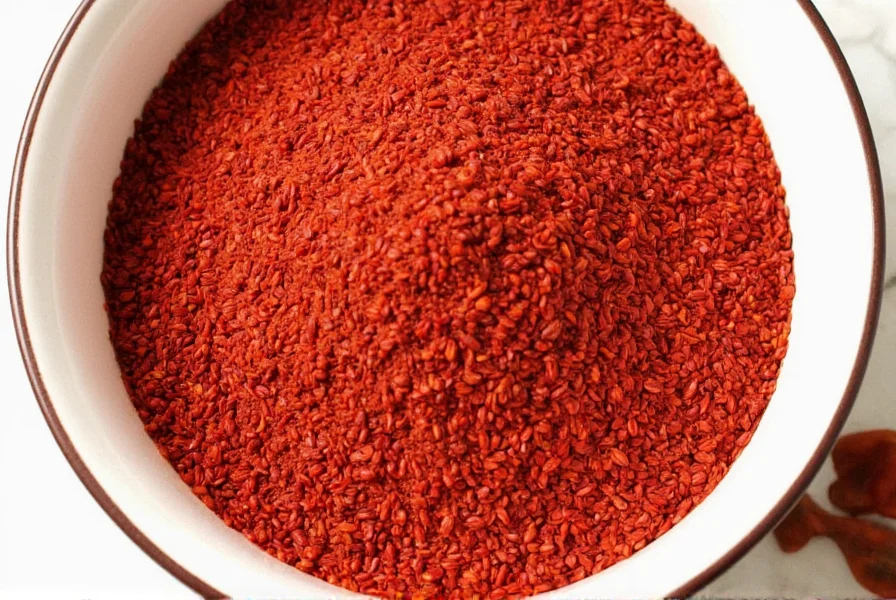
What Do Achiote Seeds Taste Like?
Achiote seeds offer a unique flavor profile—mild peppery notes, hints of nutmeg, and a subtle earthy bitterness. They're rarely eaten whole due to their tough texture but release their distinctive color and flavor when infused in oils, broths, or pastes.
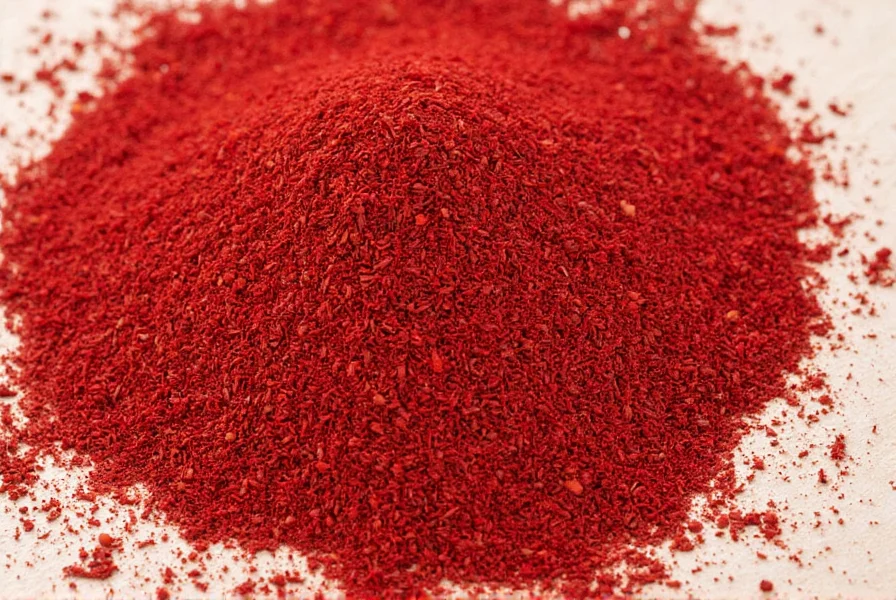
| Spice | Flavor Profile | Similarity to Achiote |
|---|---|---|
| Paprika | Sweet, smoky | Shares similar coloring and mild heat |
| Nutmeg | Warm, nutty, slightly sweet | Copies the aromatic undertones |
| Saffron | Floral, metallic, luxurious | Offers golden color but much less expensive |
How to Use Achiote Seeds in Cooking
Achiote is incredibly versatile. From making pastes and marinades to infusing oils, there are countless ways to incorporate this spice into your kitchen. Here are some popular uses:
1. Achiote Paste (Recado Rojo)
This is a cornerstone of Yucatecan cuisine. Mix ground achiote with spices like cumin, garlic, cinnamon, vinegar, and citrus juice to marinate meats like cochinita pibil.
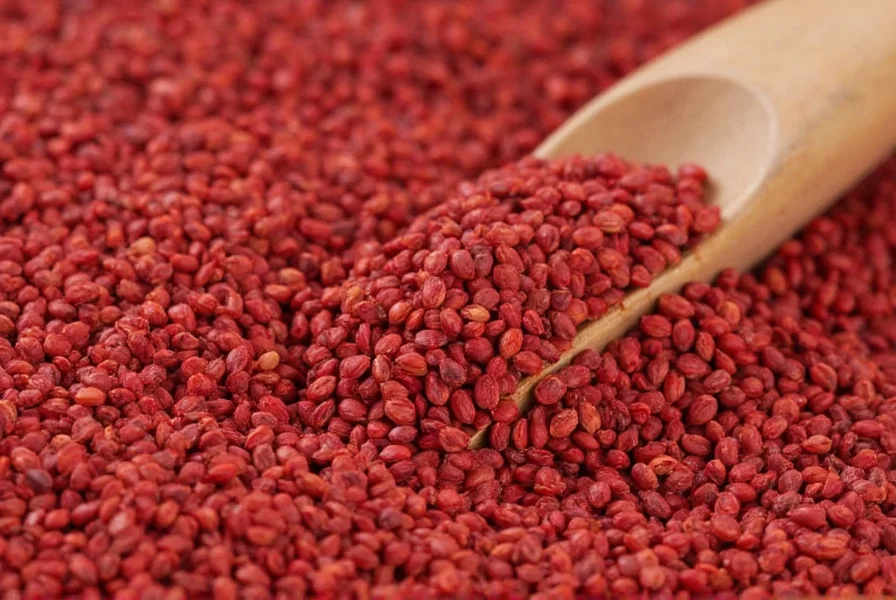
2. Infused Oils
Heat achiote seeds in oil until they release their color and aroma. Strain and use for saffron-like effects in rice, soups, or tacos.
3. Seasoning for Grains and Stews
Add a few seeds to rice while cooking or stir into soups and stews for an earthy note and beautiful color.
4. Dye for Cheese and Butter
Historically used to color dairy products, especially in Europe. Still used in artisanal cheeses today.
5. Traditional Body Paint and Cosmetics
While not a culinary use, indigenous cultures have used achiote for body paint and natural cosmetics for centuries due to its vibrant color and skin-friendly properties.
Health Benefits of Achiote Seeds
Achiote seeds contain powerful antioxidants like bixin and norbixin, which provide several health benefits. According to research published in the Journal of Food Science, these compounds help combat oxidative stress and inflammation.
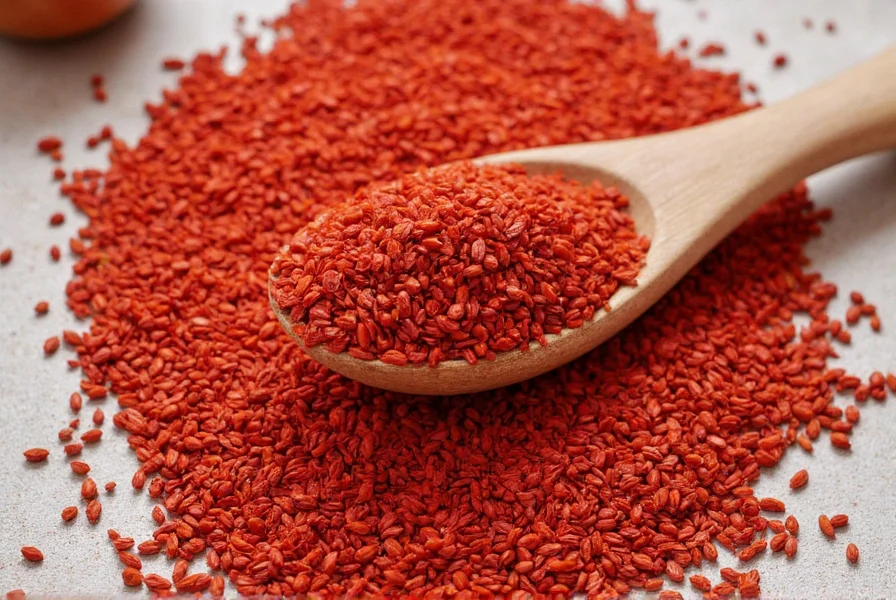
- Rich in Antioxidants: Helps fight free radicals and protect cells from damage.
- Anti-inflammatory: May reduce inflammation and support joint health.
- Digestive Aid: Traditionally used to soothe stomach issues and improve digestion.
- Heart Health: Studies suggest it may help maintain healthy cholesterol levels.
Buying Guide: Choosing the Best Achiote Seeds
When shopping for achiote seeds, quality matters. Here are some top-rated products and what to look for:
Top Achiote Seed Products
| Product | Features | Advantages | Use Case | Best For |
|---|---|---|---|---|
| Andes Natural Achiote Whole Seeds | Organic, sun-dried, non-GMO | High pigment yield, minimal processing | Homemade seasoning blends | Home cooks and spice enthusiasts |
| La Costeña Achiote Seeds | Packaged in Mexico, consistent size and color | Great for traditional Mexican recipes | Yucatecan dishes like cochinita pibil | Chefs and regional cuisine lovers |
| Simply Organics Achiote Powder | Pure, organic powder form | Easy to blend into rubs and sauces | Rubbing onto meats or fish | Busy cooks who prefer convenience |
What to Look For When Buying
- Color: Bright red-orange pods/seeds indicate freshness.
- Smell: Should be mildly earthy, not musty or rancid.
- Texture: Avoid overly brittle or cracked seeds which may have lost potency.
- Packaging: Choose vacuum-sealed bags or glass jars to preserve quality.
Storing Achiote Seeds Properly
To maintain flavor and color, store achiote seeds correctly:
- Whole Seeds: Keep in an airtight container away from light and moisture. Last up to 2 years.
- Ground Achiote: Loses potency faster; store tightly sealed for up to 6 months.
- Achiote Oil: Refrigerate and use within a month to avoid spoilage.
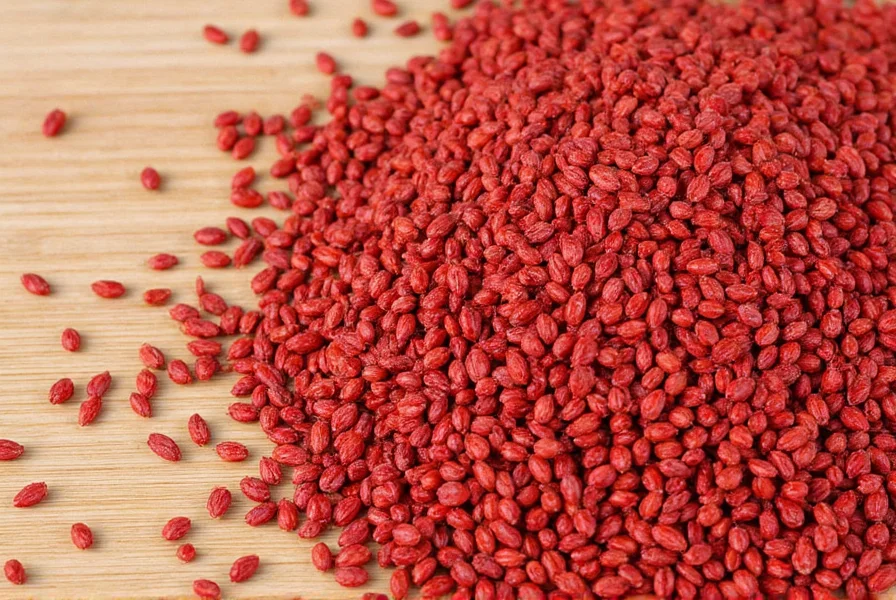
Frequently Asked Questions
What are achiote seeds?
Achiote seeds, also known as annatto seeds, come from the Bixa orellana plant and are used primarily as a natural food coloring and flavoring agent. They're small, hard seeds with a vibrant reddish-orange color that give many Latin American and Caribbean dishes their distinctive hue.
Where do achiote seeds come from?
Achiote seeds originate from the Bixa orellana plant, which is native to tropical regions of Central and South America. The plant has been cultivated for thousands of years by indigenous peoples throughout the Americas.
Are achiote seeds the same as annatto?
Yes, achiote and annatto refer to the same seeds. "Achiote" is the common name used in Latin America, while "annatto" is the term more frequently used in Europe and North America. Both names refer to seeds from the Bixa orellana plant.
What do achiote seeds taste like?
Achiote seeds have a mild earthy flavor with subtle peppery notes and hints of nutmeg. They're not spicy hot but add a warm, slightly bitter earthiness to dishes. When properly infused, they contribute more to color than strong flavor.
Can I eat achiote seeds raw?
No, they are too hard and bitter when consumed raw. Always cook them first—typically by toasting, grinding, or infusing in oil—to unlock their flavor and color properties and make them suitable for consumption.
Are achiote seeds spicy?
No, achiote seeds aren't spicy or hot. They provide color and a mild earthy flavor but don't contain capsaicin like chili peppers. They're often mistaken for being spicy because they're used in many dishes that also contain spicy ingredients.
What can I substitute for achiote seeds?
Paprika or turmeric can mimic the color, but they lack the unique earthy flavor. For closest results, mix paprika with a touch of nutmeg and a small amount of cumin. Saffron provides color similarity but is much more expensive and has a different flavor profile.
Is achiote safe to consume?
Yes, achiote is generally recognized as safe (GRAS) by the U.S. Food and Drug Administration (FDA) and has been used in food preparation for centuries. It's commonly used in both traditional cooking and commercial food products for coloring.
Do achiote seeds have health benefits?
Yes, achiote seeds contain antioxidants like bixin and norbixin, which have anti-inflammatory properties. Research suggests they may support heart health, aid digestion, and help protect cells from oxidative damage. However, they're typically used in small quantities, so don't expect dramatic health effects from normal culinary use.
How should I store achiote seeds?
Store whole achiote seeds in an airtight container away from light and moisture, where they'll retain quality for up to 2 years. Ground achiote loses potency faster and should be used within 6 months. Achiote oil should be refrigerated and used within a month.
Conclusion
Achiote seeds are a versatile, natural food coloring and flavoring agent with deep cultural roots in Latin American and Caribbean cuisine. Whether you're making traditional dishes like cochinita pibil or simply want to add vibrant color to your rice or soups, these seeds are a valuable addition to any kitchen.
By understanding their origins, proper storage techniques, and culinary applications, you can confidently incorporate achiote seeds into your cooking. Remember—always use high-quality seeds from reputable sources to ensure the best flavor and color results.
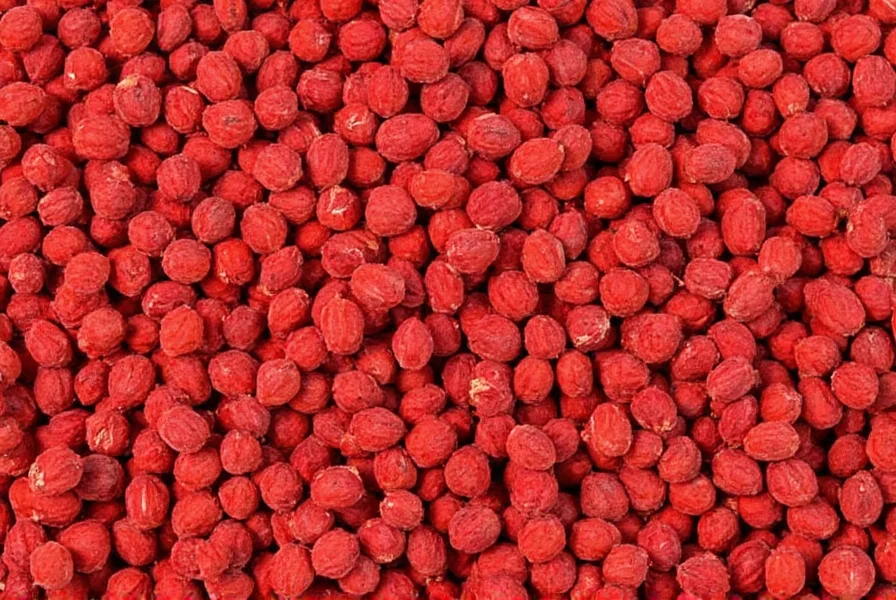

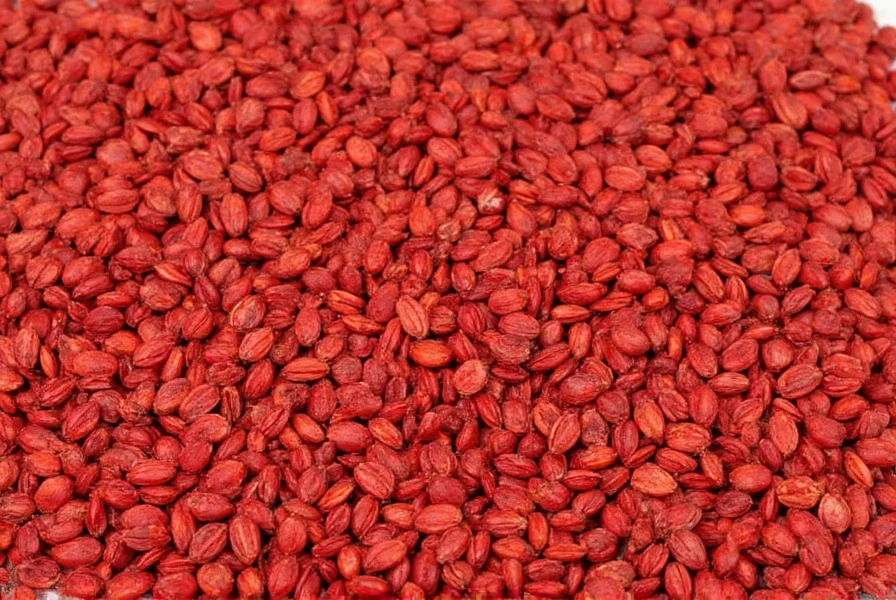









 浙公网安备
33010002000092号
浙公网安备
33010002000092号 浙B2-20120091-4
浙B2-20120091-4